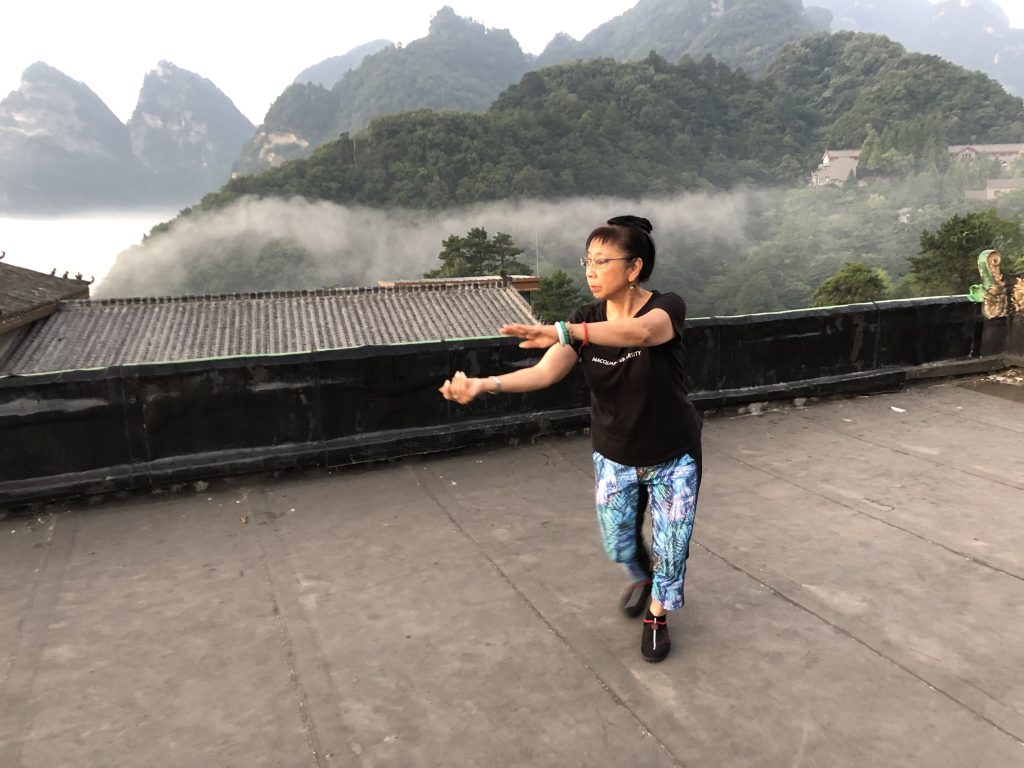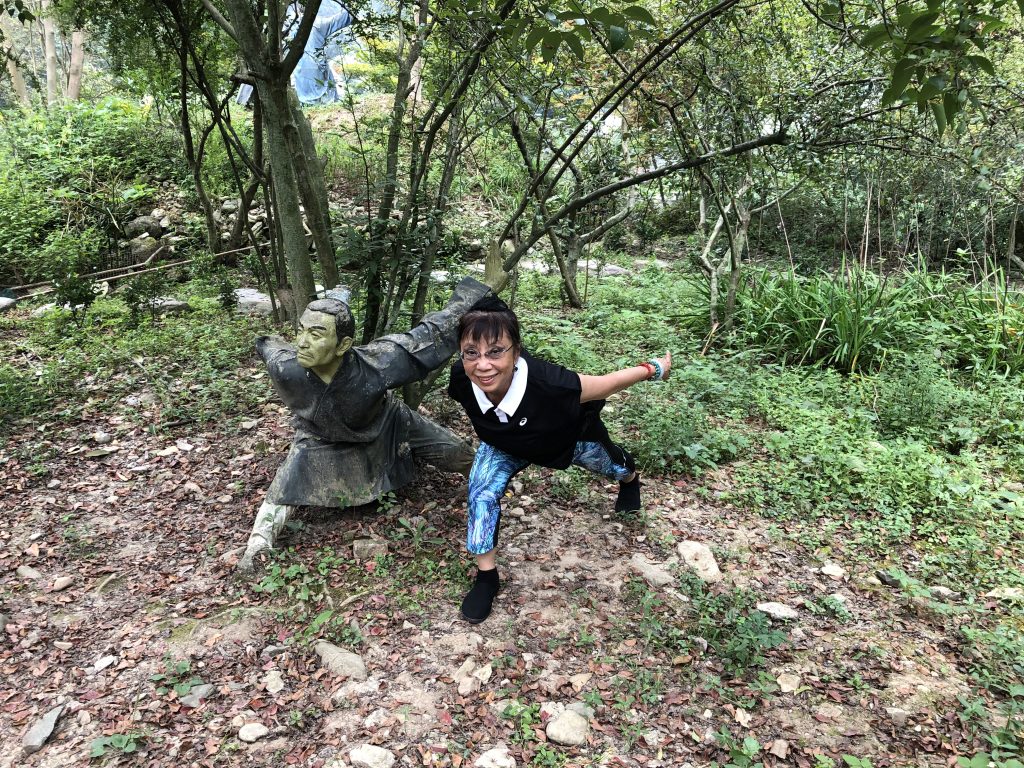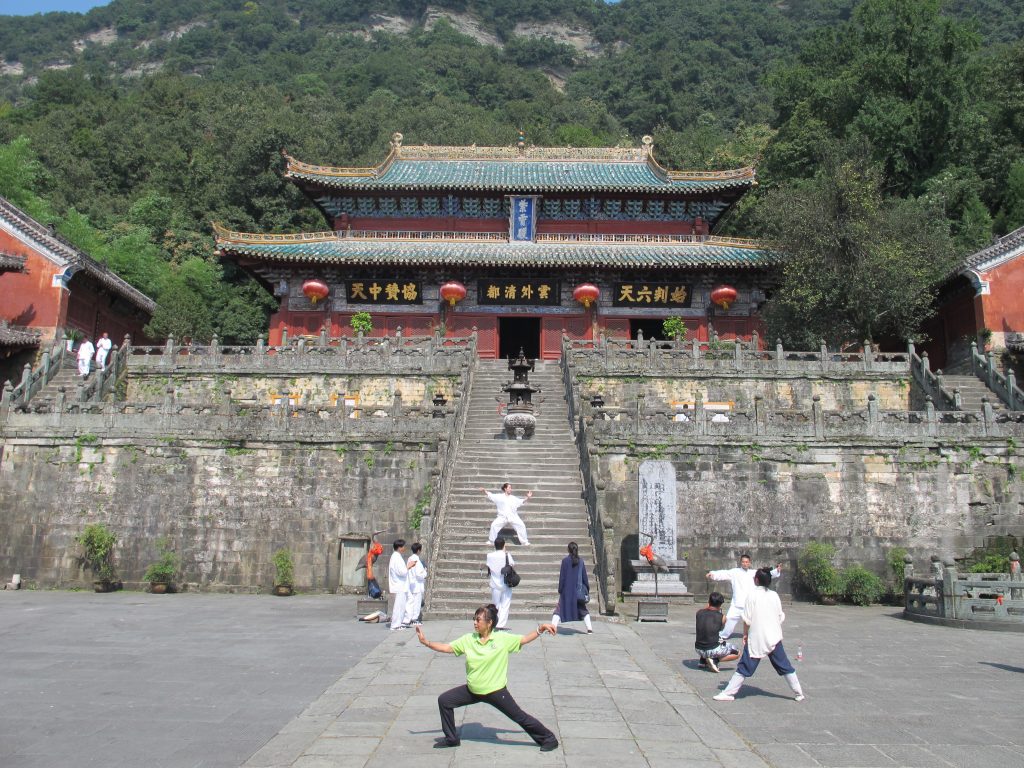* by John Gough *
(Photo from the International Martial Arts Tournament, Singapore, September 2019)
Why take part in Local, National or International Competitions or Events?
I guess that is a question that can only be answered by each of us individually. For some the thought of doing so can be an overwhelm, for others, part of the adventure in participating in our art and life.
For me, and while I cannot speak for each member of our latest adventure to Singapore, I suspect we all share our love in the participation of our Taiji world, the wonderful people we meet and associate with, the things we learn, and frustratingly forget, or never fully understand.
For me, most of all, it is the opportunity to challenge myself through the preparation process, the deeper learning stages, (Practise; Practise; Practise😉)
And especially the people, new customs, wonderful hospitality, respect for each other’s cultures, the way our world of Wu can bring so many fellow human beings together in such positive ways.
Never put yourself down; have the courage to give it a go; find support if possible; ask your teacher or fellow participants for their support. Plan an adventure, it doesn’t have to be big, your local community often has events and need people to demonstrate their craft.
The more we can publicly show off our wonderful art, the more people will take it up and reap the rewards we do, be they health, friendships, personal growth, new skills, or the wonderful experience of seeing your fellow man having a go.
Yours in Taiji,
John Gough
Flowing Water Tai Chi Chuan

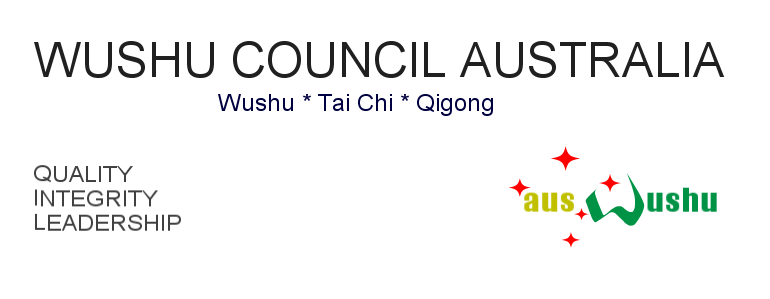
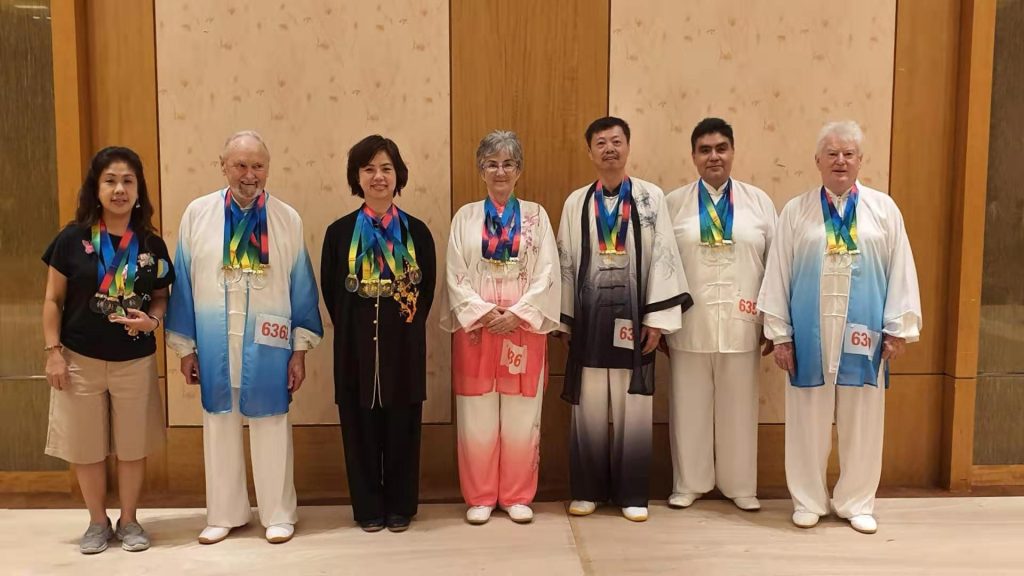
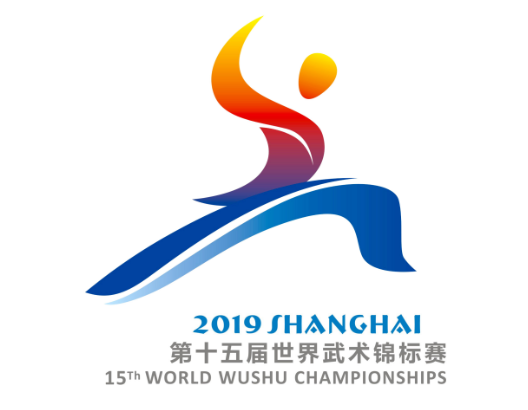
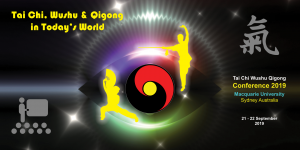 Tai Chi, Wushu & Qigong in Today’s World
Tai Chi, Wushu & Qigong in Today’s World 